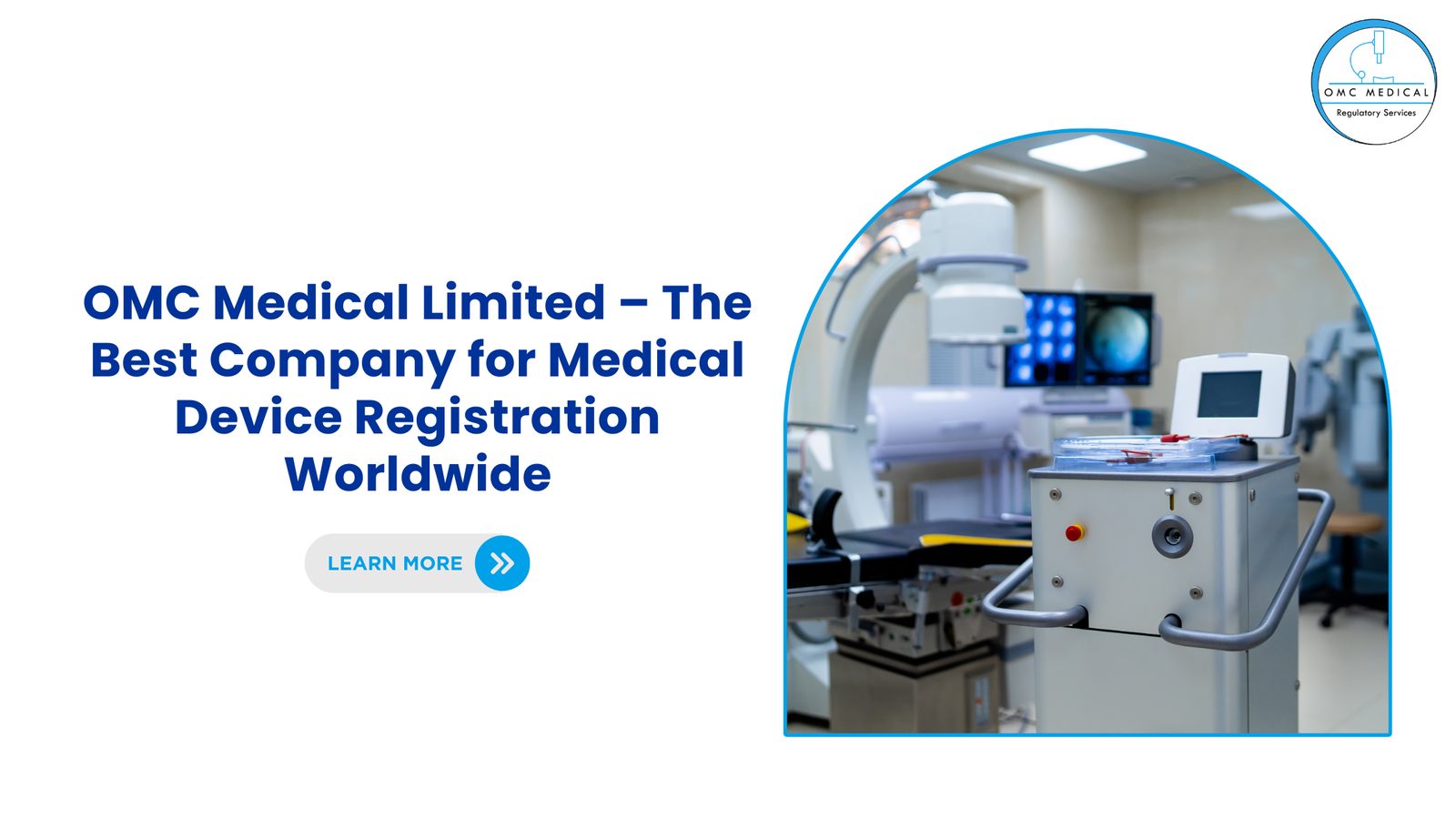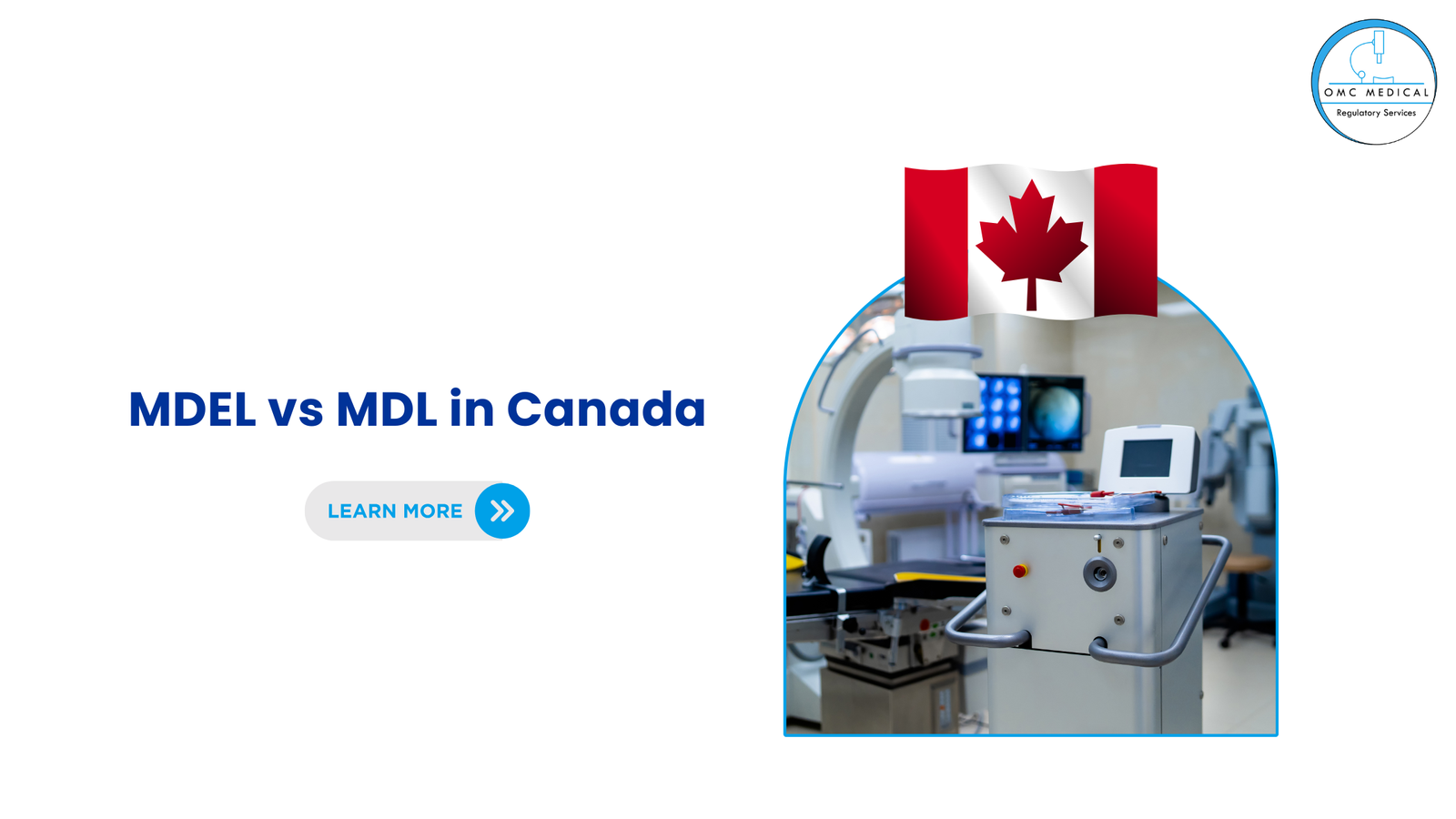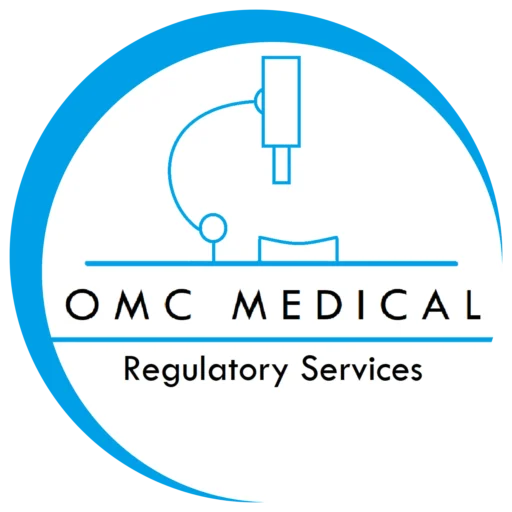For medical device manufacturers seeking market access or maintaining compliance in the United States, understanding US FDA inspections is critical. These inspections play a major role in determining whether a product remains on the market, receives premarket approval, or becomes the subject of regulatory action.
In 2025, the USFDA inspection process continues to evolve, with more focus on risk-based inspections, post-market surveillance, and digital documentation. This guide explains what to expect during a medical device inspection, how to prepare for an FDA audit, and what manufacturers can do to stay inspection-ready.
What Is the Purpose of a Regulatory Inspection?
A regulatory inspection by the U.S. Food and Drug Administration (FDA) is conducted to:
- Ensure manufacturers comply with the Quality System Regulation (21 CFR Part 820)
- Verify that products are safe, effective, and properly labeled
- Identify any risks to public health
- Assess readiness for product clearance or approval (e.g., 510(k), PMA)
Types of FDA Inspections
The FDA conducts different types of inspections depending on the company’s regulatory status, compliance history, and the risk classification of the device.
- Pre-Approval Inspection (PAI)
Conducted before FDA approval of a new product (usually PMA).
✔ Evaluates manufacturing readiness and data accuracy. - Routine Surveillance Inspection
Regularly scheduled for Class II and III devices.
✔ Focuses on Quality Management Systems (QMS) and documentation. - For-Cause Inspection
Triggered by complaints, adverse event reports, or past violations.
✔ Targeted, in-depth review. - Compliance Follow-Up Inspection
Conducted after a Warning Letter or prior inspection violations.
✔ Checks corrective actions.
📌 These inspections are governed by the FDA’s Compliance Program Guidance Manual (CPGM) and follow a risk-based approach.
US FDA Medical Device Inspection Checklist
Being inspection-ready starts with knowing what inspectors look for. Here’s a sample FDA inspection checklist to help your team prepare:
Documentation & Records
- Device Master Record (DMR)
- Device History Record (DHR)
- Complaint handling procedures
- CAPA records
- Internal audit reports
Quality System Review
- Design controls and change management
- Process validation
- Supplier management and qualification
- Training records
Regulatory Compliance
- UDI and GUDID requirements
- Labeling review
- Risk management under ISO 14971
- Adverse event reporting (MDR)
✅ Pro Tip: Keep all documentation organized and accessible. Inspectors often expect quick retrieval of records.
What Happens During an FDA Audit for Medical Devices?
An FDA audit (inspection) typically involves the following steps:
- Notification (Form FDA 482 issued)
- Opening Meeting: Scope and purpose explained
- Facility Tour
- Document Review & Interviews
- Sampling of Product Records or Batches
- Discussion of Findings
At the end, the inspector may issue Form FDA 483 listing any observations or nonconformities.
US FDA Inspection Reports and Outcomes
Post-inspection, the FDA classifies the inspection as:
- No Action Indicated (NAI): No significant issues found
- Voluntary Action Indicated (VAI): Observations made, but not requiring enforcement
- Official Action Indicated (OAI): Significant issues; may lead to Warning Letter or recall
All US FDA inspection reports and enforcement actions (483s, warning letters) are published publicly on the FDA website.
FDA Audit Preparation: Best Practices for 2025
With increasing digitization and risk-based oversight, FDA audit preparation should be an ongoing process. Here’s how to stay inspection-ready:
✅ Internal Audit Schedule
Conduct regular internal audits to identify and correct gaps early.
✅ Employee Training
Train staff on inspection behavior, document access, and process knowledge.
✅ Maintain a Mock Inspection File
Prepare an “Inspection Readiness Kit” with:
- Organizational chart
- SOP index
- Complaint log
- Last 2 years’ internal audits
- CAPA summary
✅ Assign a Point of Contact
Have a trained team member liaise with the inspector, document requests, and responses.
Final Thoughts
US FDA inspections are a crucial part of the regulatory lifecycle for medical device companies. Whether you’re launching a new device or ensuring continued compliance, being prepared for a medical device inspection can save time, avoid costly penalties, and strengthen your position in the U.S. market.
Make inspection readiness part of your company culture—not a last-minute scramble. In 2025, the FDA continues to expect strong quality systems, robust documentation, and effective corrective actions from medical device manufacturers.
✅ Need Help with FDA Audit Preparation?
At OMC Medical, we specialize in helping manufacturers navigate complex FDA inspections, including 510(k) and PMA preparation, QMS implementation, internal audits, registering medical device in USA post-inspection support. Whether you’re undergoing your first audit or responding to a Form 483, our regulatory experts ensure you’re inspection-ready—always.
👉 Partner with OMC Medical to stay compliant, confident, and competitive in the U.S. medical device market.
📩 Contact us today to schedule a free consultation.







